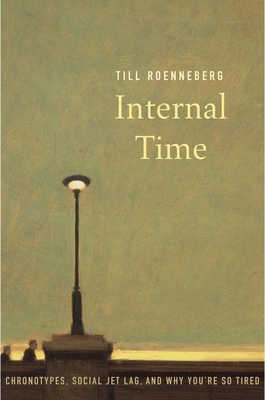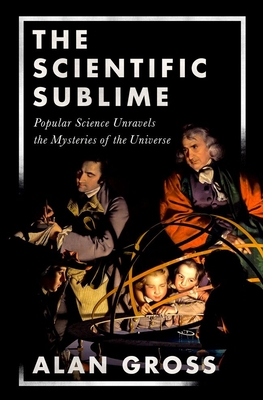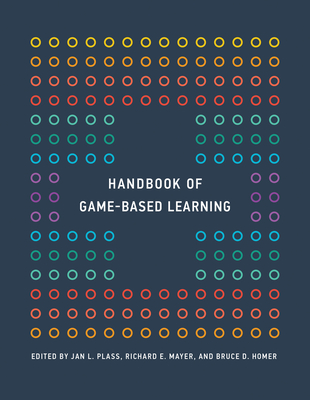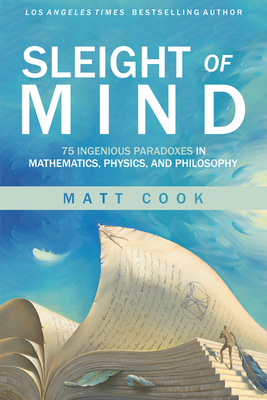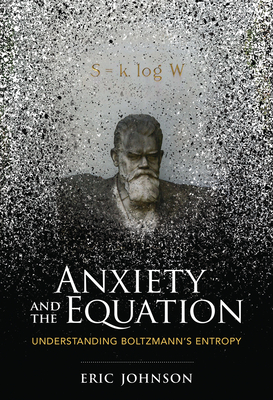
Anxiety and the Equation: Understanding Boltzmann's Entropy
Description
A man and his equation: the anxiety-plagued nineteenth-century physicist who contributed significantly to our understanding of the second law of thermodynamics.
Ludwig Boltzmann's grave in Vienna's Central Cemetery bears a cryptic epitaph: S = k log W. This equation was Boltzmann's great discovery, and it contributed significantly to our understanding of the second law of thermodynamics. In Anxiety and the Equation, Eric Johnson tells the story of a man and his equation: the anxiety-plagued nineteenth-century physicist who did his most important work as he struggled with mental illness.
Johnson explains that “S” in Boltzmann's equation refers to entropy, and that entropy is the central quantity in the second law of thermodynamics. The second law is always on, running in the background of our lives, providing a way to differentiate between past and future. We know that the future will be a state of higher entropy than the past, and we have Boltzmann to thank for discovering the equation that underlies that fundamental trend. Johnson, accessibly and engagingly, reassembles Boltzmann's equation from its various components and presents episodes from Boltzmann's life—beginning at the end, with “Boltzmann Kills Himself” and “Boltzmann Is Buried (Not Once, But Twice).” Johnson explains the second law in simple terms, introduces key concepts through thought experiments, and explores Boltzmann's work. He argues that Boltzmann, diagnosed by his contemporaries as neurasthenic, suffered from an anxiety disorder. He was, says Johnson, a man of reason who suffered from irrational concerns about his work, worrying especially about opposition from the scientific establishment of the day.
Johnson's clear and concise explanations will acquaint the nonspecialist reader with such seemingly esoteric concepts as microstates, macrostates, fluctuations, the distribution of energy, log functions, and equilibrium. He describes Boltzmann's relationships with other scientists, including Max Planck and Henri Poincaré, and, finally, imagines “an alternative ending,” in which Boltzmann lived on and died of natural causes.
Praise for Anxiety and the Equation: Understanding Boltzmann's Entropy
Johnson's discussion of Boltzmann's equation (which is credited to him because he came up with the key concepts, though he never explicitly wrote it in the modern form) is anchored in extremely concrete discussions of random processes involving small numbers of particles, and calculating the likelihood of each of the “microstates” of these systems. Thanks to these examples of particles hopping between positions and energy states, he is able to put together one of the clearest explanations I've seen of what entropy is in a statistical sense, and how it functions. He even explains why it makes sense for a logarithm to appear, which I had never seen before.—Chad Orzel, Forbes—
Johnson writes pedagogically, but not pedantically. He is charming and colloquial. He uses (maybe a few too many) parenthetical asides. The book barely tops 150 pages, with short chapters switching easily between history and science; it's a book that can be read lightly and in a weekend.
—DigBoston—
a piece of scientific popularization as well as a remarkably humane book.
—Inside Higher Ed—


